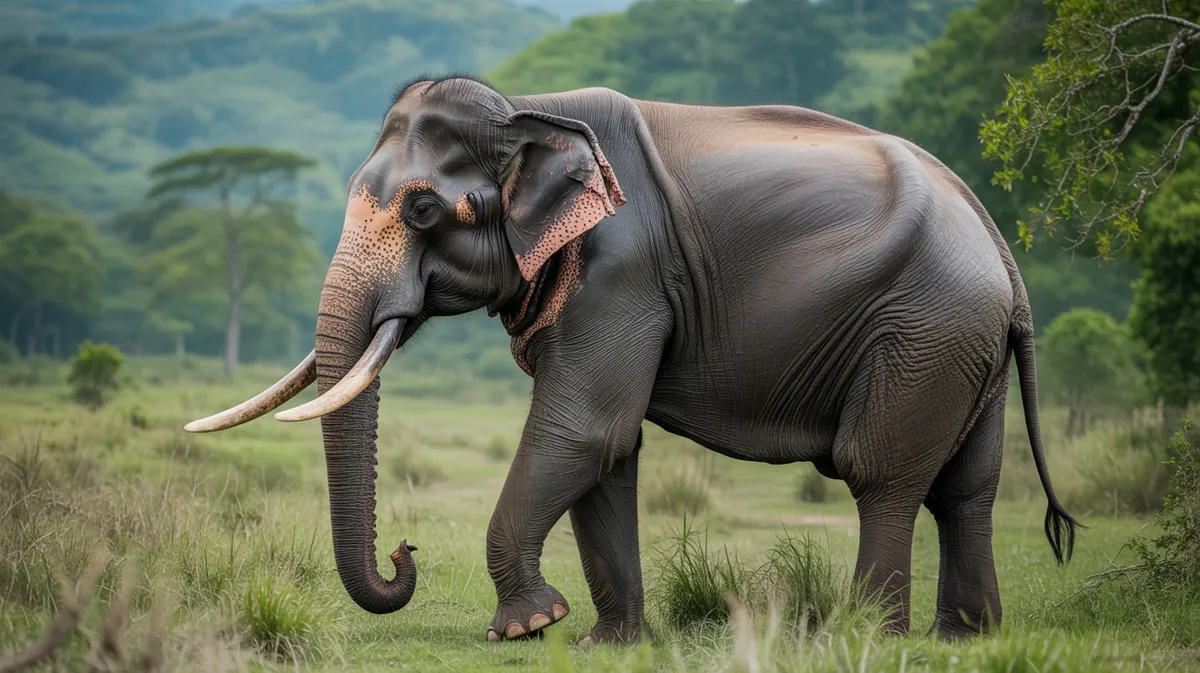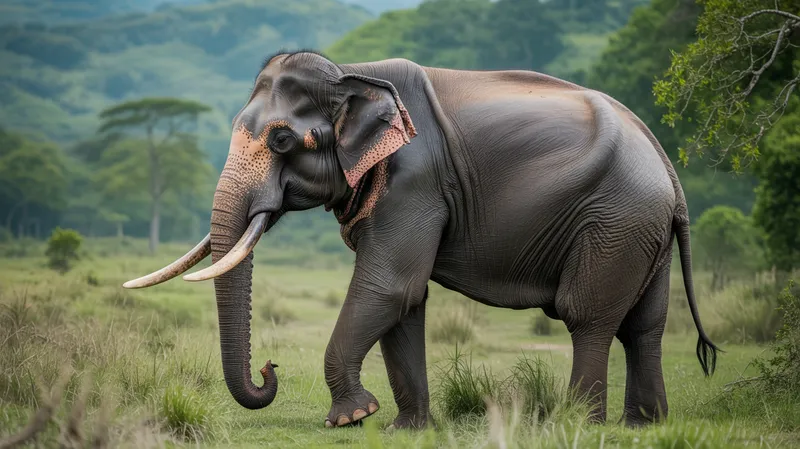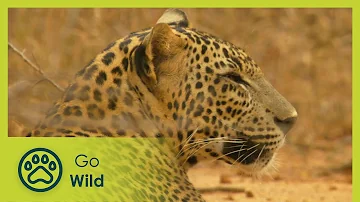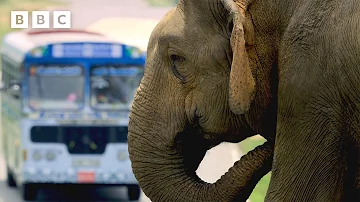
Sri Lankan Elephant
Elephas maximus maximus

Meet the Sri Lankan Elephant
The Sri Lankan Elephant is the largest and darkest subspecies of the Asian elephant, native exclusively to the island of Sri Lanka. Characterized by its impressive size, males can reach heights of up to 3 meters at the shoulder and possess large, domed heads with relatively small ears compared to their African relatives. These elephants are highly social, living in matriarchal herds and playing a key role in the island's forest and grassland ecosystems. They have a gentle disposition but face significant threats due to habitat loss, human-elephant conflict, and poaching. The Sri Lankan Elephant is a symbol of cultural and ecological significance in Sri Lanka.
Classification
Mammal
Habitat
Tropical forests, grasslands, and scrublands
Diet
Herbivore
Lifespan
55-70 years
Conservation
Endangered
Weight
2,000-5,500 kg
📖Fascinating Facts
Largest Asian Elephant
The Sri Lankan Elephant is the largest extant subspecies of the Asian elephant, with some males exceeding 3 meters in height.
Keystone Species
These elephants play a crucial ecological role by dispersing seeds and maintaining the health of forest and grassland habitats.
Rare Tusks
Only a small percentage of Sri Lankan male elephants grow tusks, making tuskers exceptionally rare and highly protected.
📋Detailed Description
The Sri Lankan elephant (Elephas maximus maximus) is the largest extant subspecies of the Asian elephant, with adult males typically reaching shoulder heights of 2.7–3.0 meters and weighing between 4,000 and 5,500 kg, while females are smaller, averaging 2.4 meters in height and 2,000–3,500 kg in weight. This subspecies is distinguished by its darker gray skin, often mottled with pinkish depigmentation on the ears, face, and trunk. Unlike African elephants, only a small proportion (less than 7%) of Sri Lankan males develop tusks, and these are known as 'tuskers.' Their ears are relatively small and rounded, an adaptation to the humid tropical climate. The trunk, with over 40,000 muscles, is a highly versatile organ used for feeding, drinking, social interaction, and communication. Sri Lankan elephants are highly social, living in matriarchal groups composed of related females and their offspring, while adult males are more often solitary or form loose bachelor groups. They are primarily crepuscular, being most active during dawn and dusk, and spend up to 18 hours a day foraging on a wide variety of grasses, leaves, bark, fruit, and cultivated crops. Elephants play a keystone ecological role as mega-herbivores, shaping vegetation structure, dispersing seeds, and creating water holes used by other species. Their home ranges can cover 30–300 square kilometers, depending on habitat quality and resource availability. The Sri Lankan elephant is highly intelligent, exhibiting advanced problem-solving, tool use, and complex vocal and non-vocal communication.
💡 Did you know?
Despite their massive size, Sri Lankan Elephants are capable swimmers and can cross large rivers in search of food or mates.
🔬Research & Sources
Wikipedia Summary
The Sri Lankan elephant is native to Sri Lanka and one of three recognised subspecies of the Asian elephant. It is the type subspecies of the Asian elephant and was first described by Carl Linnaeus under the binomial Elephas maximus in 1758. The Sri Lankan elephant population is now largely restricted to the dry zone in the north, east and southeast of Sri Lanka. Elephants are present in Udawalawe National Park, Yala National Park, Lunugamvehera National Park, Wilpattu National Park and Minneriya National Park but also live outside protected areas. It is estimated that Sri Lanka has the highest density of elephants in Asia. Human-elephant conflict is increasing due to conversion of elephant habitat to settlements and permanent cultivation.
Last Modified: 5/25/2025
🎭Behavior & Social Structure
Sri Lankan elephants display sophisticated social behaviors, with herds led by an experienced matriarch who guides group movements and resource location. Social bonds are reinforced through tactile contact, vocalizations (including infrasonic rumbles), and coordinated activities such as allomothering, where multiple females assist in calf care. Feeding is predominantly on grasses during the wet season, shifting to browse (leaves, bark, twigs) and cultivated crops during the dry season or periods of scarcity. Elephants are known to travel significant distances between feeding and water sources, often following traditional migratory routes. Bathing and wallowing are daily routines, serving both thermoregulatory and skin-care functions. Males exhibit a period of heightened sexual activity and aggression called musth, characterized by temporal gland secretion and urine dribbling, during which they may roam widely in search of receptive females. Communication is multi-modal, involving low-frequency sounds, seismic signals, trunk gestures, and chemical cues.
👶Reproduction & Life Cycle
Sri Lankan elephants have a polygynous mating system, with dominant musth males gaining preferential access to estrous females. Breeding can occur year-round but peaks during the wet season when resources are abundant. The gestation period is among the longest of any land mammal, lasting approximately 20–22 months. Females typically give birth to a single calf weighing 80–100 kg, with interbirth intervals of 4–6 years. Calves are precocial but remain dependent on maternal care and lactation for up to two years, with allomothers in the herd providing additional protection and guidance. Sexual maturity is reached at 8–13 years for females and 10–17 years for males, but males may not breed successfully until their late twenties due to social hierarchy.
🛡️Adaptations & Survival
Sri Lankan elephants have evolved several adaptations for survival in tropical environments. Their large body size and thick skin help regulate temperature and deter predators, while sparse hair and small ears minimize heat loss in humid climates. The trunk is a multifunctional adaptation for foraging, drinking, social interaction, and environmental manipulation. Their molar teeth are adapted for grinding fibrous plant material, with six sets of teeth replacing each other throughout life. Behavioral flexibility allows them to exploit a wide range of habitats, from dry monsoon forests to cultivated landscapes. Elephants also exhibit cognitive adaptations, such as advanced memory for water sources and migratory routes, and the ability to learn and adapt to human-modified environments.
🎨Cultural Significance
The Sri Lankan elephant holds profound cultural and religious significance in Sri Lanka, symbolizing wisdom, strength, and prosperity. Elephants are featured in Buddhist and Hindu traditions, most notably in the annual Esala Perahera festival in Kandy, where elaborately adorned elephants carry sacred relics. Historically, elephants were used in warfare, ceremonial processions, and as working animals in logging. The elephant is a national symbol and appears on currency, emblems, and in folklore. Despite reverence, contemporary attitudes are shaped by the challenges of coexistence, with conservation education aiming to foster tolerance and appreciation.
🔬Recent Research & Discoveries
Recent research on Sri Lankan elephants includes GPS tracking studies revealing extensive seasonal migrations and habitat use patterns, which inform corridor and landscape-level conservation planning. Genetic studies have confirmed the distinctiveness of the Sri Lankan subspecies and highlighted low genetic diversity due to population isolation. Behavioral studies have documented complex social structures and communication, including the use of infrasound for long-distance signaling. Ongoing research addresses the effectiveness of conflict mitigation strategies, the impact of climate change on water and food availability, and the role of elephants in ecosystem services such as seed dispersal and forest regeneration.
🎥Wildlife Videos

Great Places of the World | Episode 5: Sri Lanka - Land of Elephants | Free Documentary Nature
Great Places of the World - Episode 5: Sri Lanka - Land of Elephants | Nature Documentary Watch 'Great Places of the World ...
Free Documentary - Nature

Sri Lanka: Monsoon Island - Wildest Islands - Go Wild
Lying like a teardrop in the Indian Ocean, Sri Lanka is an island that defies convention. Poised just six degrees above the equator, ...
Go Wild

Elephant's clever trick for getting more snacks | Asia - BBC
I'm obsessed with this elephant #DavidAttenborough #Elephants #AsianElephants #SriLanka #Nature #NaturalWorld #Asia ...
BBC

Cheeky Elephant Stops Traffic for Treats | Asia | BBC Earth
In Sri Lanka, Asian elephants live in higher densities than anywhere else on Earth. With people never far away, dangers are ...
BBC Earth

Sri Lanka's Elephant Hell - Wildlife Documentary
Sri Lanka's Elephant Hell - Wildlife Documentary. This is a documentary creating by The Traveling Clatt in Sri Lanka. Its explores ...
Tal Oran - TheTravelingClatt

Elephants: Lives of Towering Giants | Full Documentary
Out of six and a half million terrestrial species, Elephants are the largest land animals on Earth - an impressive fact regarding an ...
Get.factual
🌍Habitat Information
The Sri Lankan Elephant typically inhabits Tropical forests, grasslands, and scrublands environments. Sri Lankan Elephants have adapted to their environments with specialized features and behaviors.
Primary Habitat:
Tropical forests, grasslands, and scrublands
More detailed habitat information will be available soon.
🛡️Conservation Status
The Sri Lankan Elephant is currently classified as Endangered. Conservation efforts are crucial for preserving this species for future generations.
Common Threats:
- 🏠Habitat loss and fragmentation
- 🌡️Climate change impacts
- 🎯Hunting and poaching
- 🏭Human-wildlife conflict
⚠️Threats & Conservation Challenges
Major threats to the Sri Lankan elephant include habitat loss and fragmentation due to agricultural expansion, urbanization, and infrastructure development. Human-elephant conflict is a significant conservation challenge, with elephants raiding crops and settlements, leading to retaliatory killings and injuries on both sides. Poaching for ivory, although less common due to the low percentage of tuskers, still poses a risk. Electrocution from illegal electric fences, train collisions, and competition for water during droughts further threaten populations. The current population is estimated at 5,800–6,000 individuals (as of 2023), with a declining trend. Conservation efforts focus on habitat protection, conflict mitigation (such as electric fencing and translocation), and community engagement.
🔬Scientific Classification
Scientific Name
Elephas maximus maximus
Classification Hierarchy
🔍 About Taxonomic Classification
Taxonomic classification is a hierarchical system used by scientists to classify and organize living organisms based on shared characteristics and evolutionary relationships.
The system moves from broad categories (Kingdom) to increasingly specific ones, with each animal's scientific name typically consisting of its Genus and species.
📝Community Notes
Share your observations and insights about the Sri Lankan Elephant with our community of wildlife enthusiasts.
Join Our Community
Sign in to share your observations and connect with fellow wildlife enthusiasts.
Sign In to ContributeNo community notes yet
Be the first to share your observations about the Sri Lankan Elephant!
Explore Sri Lankan Elephant
Select a tab above to learn more about this amazing animal.
📸Photo Gallery
No photos available for this animal yet.
🌟Discover More Wildlife
Continue your journey of discovery with more fascinating animals from our database
